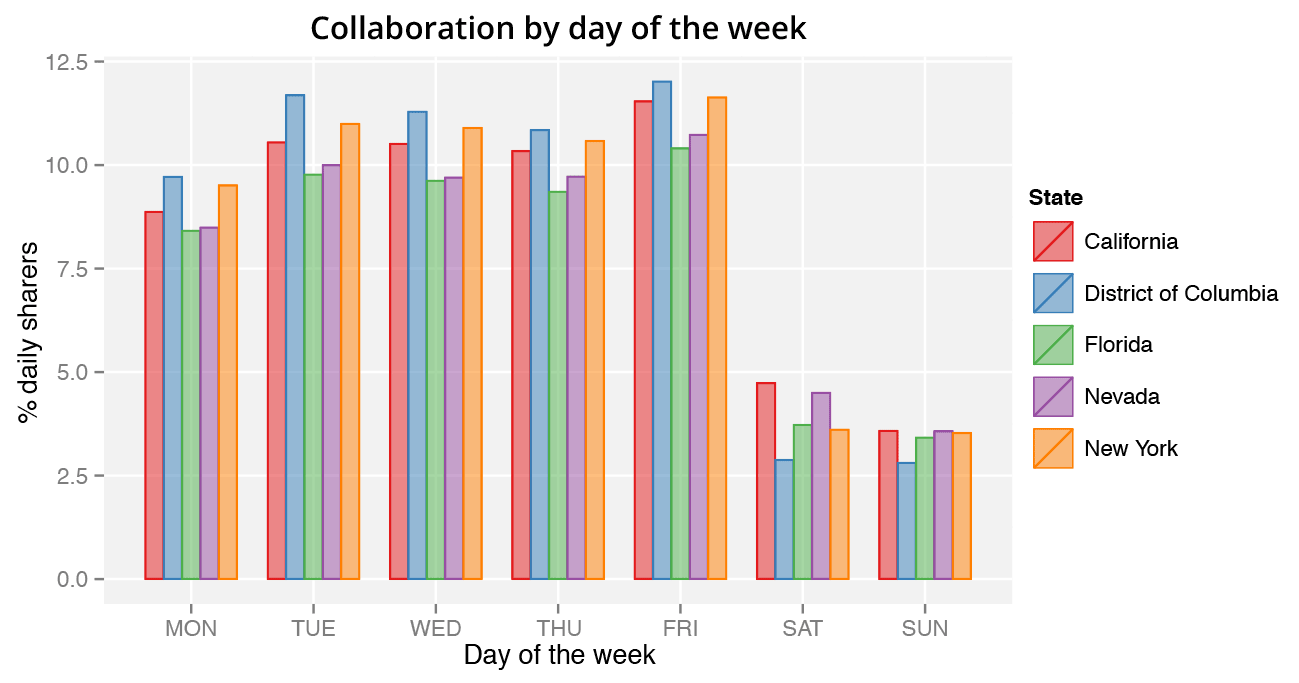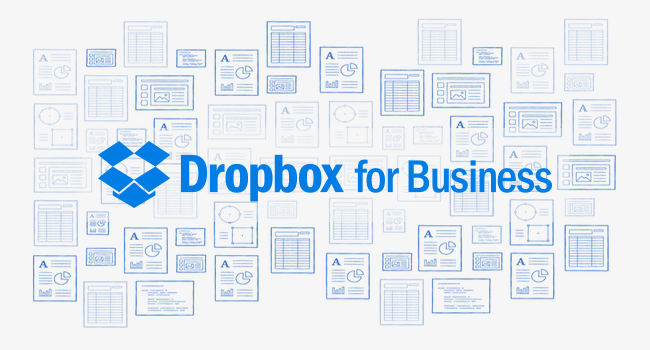
Every major industry has established benchmarks to help customers gauge performance and make better buying decisions. For cars, it’s quality and safety. For wireless carriers, it’s coverage and availability. And for file sync and share solutions, it’s speed and reliability. We recently asked Principled Technologies, an independent technology assessment firm, to benchmark our sync performance — the secret sauce behind Dropbox products. To find out how fast our sync is — and to better understand what separates us from other solutions — they conducted a series of tests comparing Dropbox for Business, Google Drive, Box, and OneDrive for Business. The results were clear, and we couldn’t be prouder. On average, Dropbox for Business is 5x faster than the other solutions evaluated. When comparing averaged sync times head to head, Dropbox for Business is:
- 9.7x faster than Box
- 4.7x faster than OneDrive for Business
- 2.3x faster than Google Drive
And across 11 tests — repeated three times each in every location — Dropbox for Business is consistently faster than the other solutions. For businesses, faster sync speed means saved time, fewer headaches, and more productive employees. For example, let’s take a 20-person design agency that needs to incorporate five rounds of client feedback on 30 different large files. Based on the averaged results of large file end-to-end sync and large file edit tests, Dropbox for Business can save them an estimated 4 hours over competitors. Compared individually, that’s a gain of almost 8 hours over Box, 4 hours over OneDrive for Business, and 30 minutes over Google Drive. With this speed and reliability, Dropbox for Business customers are able to achieve some incredible things, whether it’s winning Olympic gold medals, building global classrooms, or designing the latest fashions. “Dropbox lets us transfer massive amounts of data without anyone having to get their hands dirty,” says Stephen Norris, VP of Operations for Language Resources at Appen. “Before, people might have to ask if a transfer worked, but now when they look inside folders, they can be certain what they see is up to date.” As the modern workplace evolves, sync will only matter more. We’ll use more devices. We’ll work in more places. We’ll collaborate with more people. One thing that won’t change is our commitment to building the best sync in the business through constant improvement and innovation. Update (Wednesday, October 14): The bars on the average sync time chart have been adjusted to better reflect the scale of the results.







